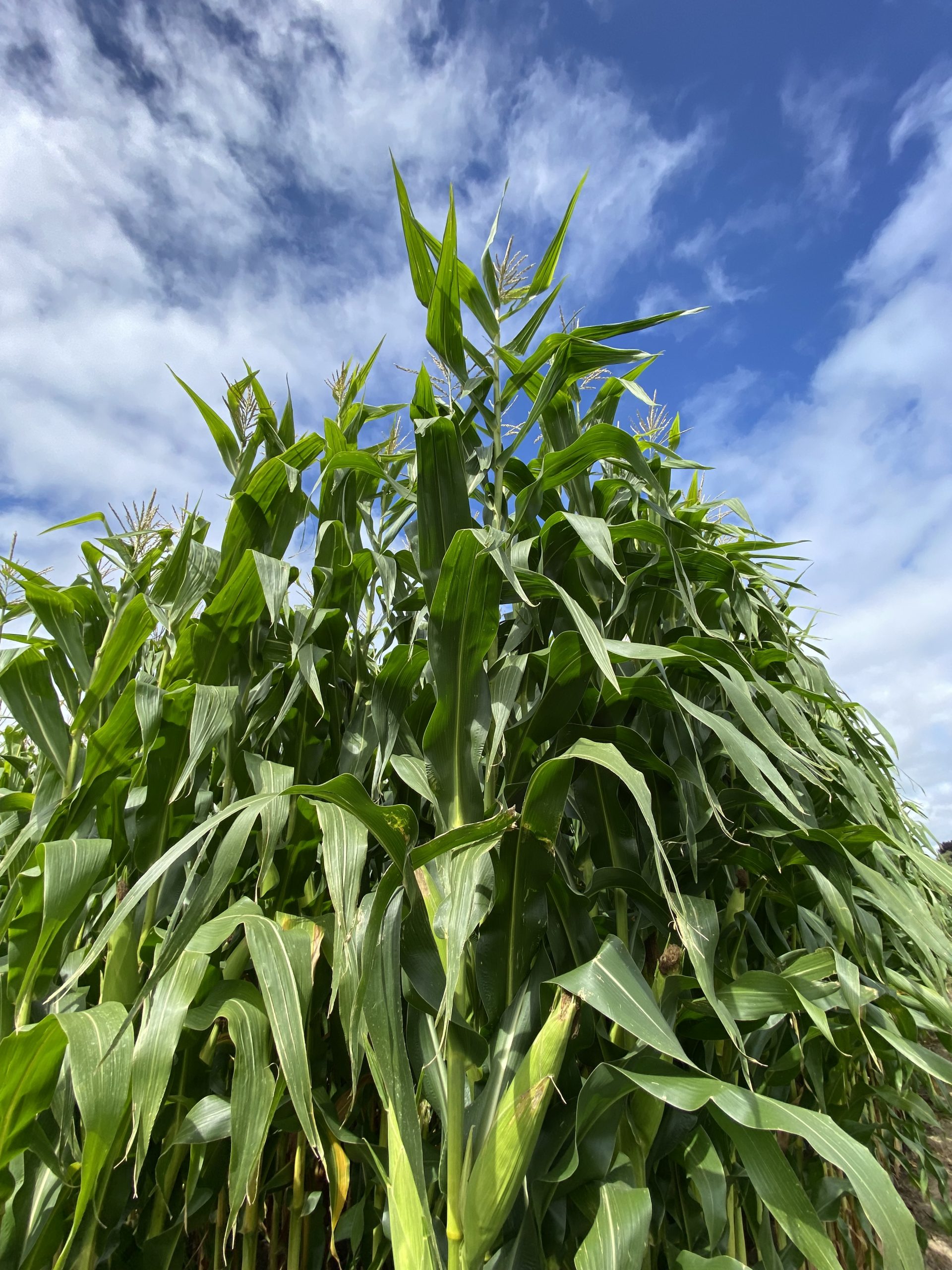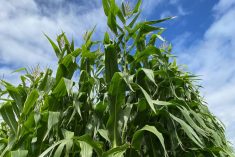Ontario needs solid heat units for corn to reach its yield potential in September and October.
“We’re behind (in corn),” Jim Irvine, FS Partners/Great Lakes Grain grain originator, told Farmtario at Canada’s Outdoor Farm Show. “The weather has slowed things down. We need a warm September and frost-free.”
The 2023 Great Lakes Grain crop assessment tour put boots on the ground across more than 800 fields between Aug.28 and Sept. 8 from Windsor to the Ottawa region.
Read Also

The forced Japanese-Canadian farmers of the Second World War
Manitoba’s sugar beet farms drew on displaced Japanese-Canadians from B.C. during the Second World War
Why it Matters: The annual crop assessment tour provides producers with advanced insight into marketing their crops.
Temperatures around 20 C with sunny days are needed to move the corn from the milk stage to reach its full potential.
The assessment showed above-average yields for corn at 199.9 bu./acre and average to below-average soybeans at 48.6 bu./acre.
“We’re going to have a big corn crop because we planted a lot,” Irvine said. “We’re probably looking at higher moisture in the corn than we were a year ago, which is going to slow things down.”
Last year’s corn crop was good but dry and went through the combines quickly. One of the challenges for 2023 corn is a lack of forward contracts.
“It could be it could be a surprise,” he explained. “Just today (Sept.12), the USDA reported and changed their harvested acres by (an additional) 800,000 acres. The price of corn went down today even though their yield dropped.”
In June, dry conditions drew comparisons in the United States to the 2012 drought leading to high prices, explained Irvine, but after a good rain and a record plant, prices dropped.















